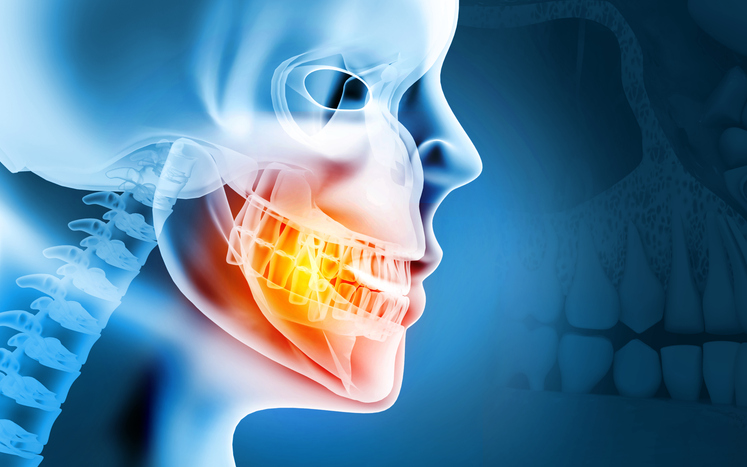
Measuring concordance among skeletal classification methods

Investigators analyzed whether different cephalometric classification methods can be used interchangeably for vertical skeletal patterns.
In a study published in Cureus, the investigators used five cephalometric methods — including Steiner (Sella-Nasion to mandibular plane), Downs (mandibular plane to Sella-Nasion), Tweed (Frankfort-mandibular plane angle), Arnett (palatal plane to mandibular plane) and Ricketts (facial axis angle) — to classify facial divergence as either normo-, hypo- or hyperdivergent among 300 lateral cephalograms.
Although there was notable agreement between the Steiner and Downs comparison of angular measurements, there were substantial differences in concordance when identifying hypo- and hyperdivergence. For instance, a high degree of hypodivergence, normodivergence and hyperdivergence were identified most frequently with the Steiner, Arnett and Downs methods, respectively. The lowest agreement scores were found when the Rickett method was compared with the other methods.
The investigators emphasized that clinicians should avoid using a single method to classify patients’ vertical divergence because of the risk of misclassification. Instead, clinicians were advised to use two complementary methods or adopt standardized thresholds to improve treatment planning.
Read more: Cureus
The article presented here is intended to inform you about the broader media perspective on dentistry, regardless of its alignment with the ADA's stance. It is important to note that publication of an article does not imply the ADA's endorsement, agreement, or promotion of its content.